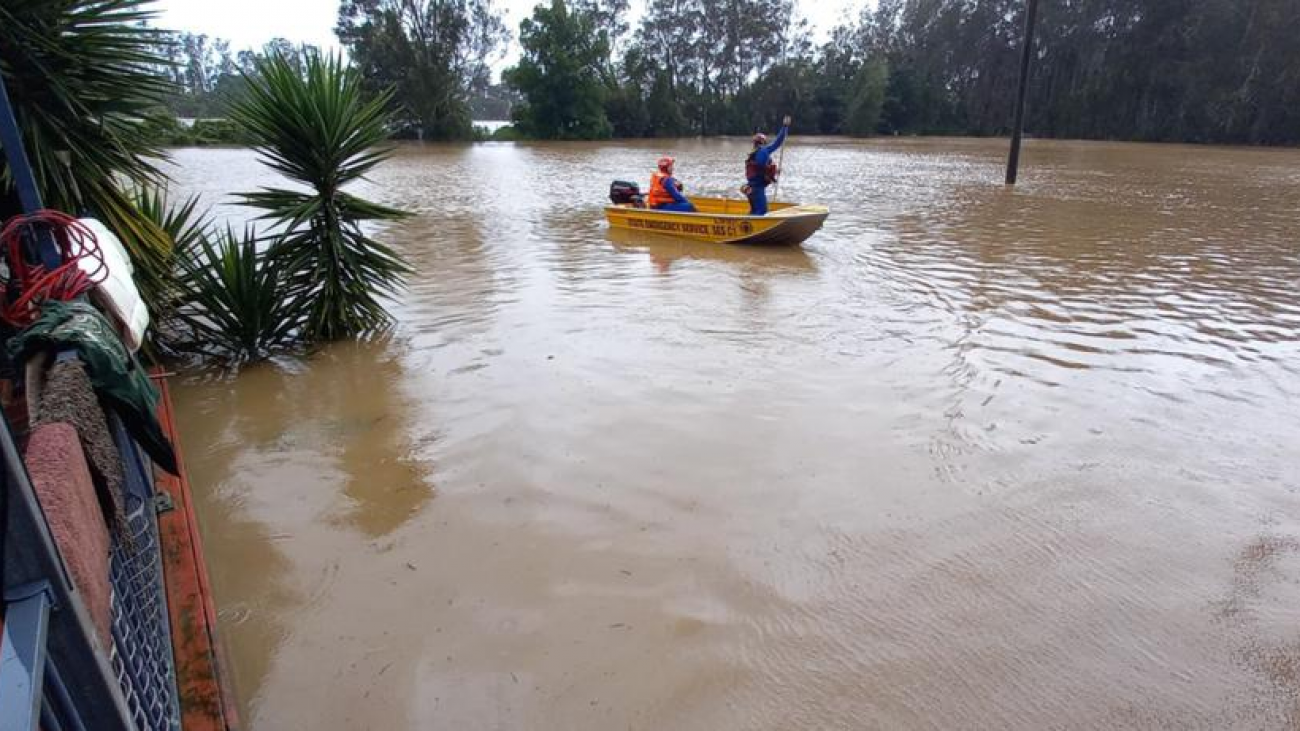Do you work in the marine sector? Are you responsible for the transportation of goods via sea?
If you answered ‘yes’ to either of these questions, we have a follow-up question: Do you have a comprehensive marine insurance policy?
Let’s take a look at why it is so important that you get a new, or review of your current policy.
Australia relies on marine transport for 99% of its exports. This means that it is extremely important that your cargo makes it to its destination.
Many things can go wrong at sea, including injuries, cargo loss, and ship damage. When things go wrong you and your business must be protected by marine transit insurance.
What is Marine Insurance?
Marine insurance refers to the range of insurance policies that help protect your business from financial losses from damage to vessels or cargo. Some policies also cover the delivery of goods right to the door and their storage along the way.
Marine Insurance is essential for businesses that are involved in:
- Shipping or receiving of goods
- Commercial watercraft operations
- Vessel repairs
- Running a marina
- Any other marine-related business
It provides valuable cover for all of your operations both on land and out at sea.
There are 3 main types of marine insurance cover that you can choose from, depending on your business’s operations and needs.
Marine Liability Insurance
The first kind of cover is marine liability insurance. This covers the legal liability of vessel owners for any injuries or damages that occur as a result of marine-related activities.
Unfortunately, accidents happen more often than we may think aboard ships. The Australian Marine Safety Authority recorded 319 injuries in 2019 alone, with 54.5% of these occurring on bulk carriers or container vessels.
While insurance won’t stop these accidents from occurring, it will ensure you won’t face hefty bills after the fact.
For commercial operators, liability insurance can also cover deviation expenses, legal assistance, and defence costs.
Ship or Hull Insurance
Ship or hull insurance provides cover for commercial vessels which are engaged in harbour, inland, and coastal operations. This can also be extended to include damage to machinery, third-party liability, and loss of earnings.
Marine vessels are subject to harsh weather conditions including lightning strikes and tsunamis, as well as collision risks. For this reason, it is important to ensure that you are covered for the costs associated with these damages.
You can also adapt your cover to include an accidental damage clause, to ensure that your ship is insured against all kinds of damage.
Cargo Protection
Marine cargo insurance covers the transportation of goods while being transferred, acquired, or held on the ship or dock. Some cargo insurance policies will also cover the cargo to its final destination.
If any accidents occur that result in physical loss or damage of cargo, then your insurance company will cover you.
These policies are highly customisable, so you can be sure your goods are substantially protected during their entire journey. You can opt to include specific clauses to cover frozen or chilled goods, theft, fires, collisions and so much more.
So, you will have peace of mind that any losses or damages will be covered by your insurance provider rather than out of your back pocket.
Insure Your Marine Business
Is your marine business covered by all of these insurance plans? If it is, then you can have peace of mind that you’re protected. If not, then we can help.
We can help review your insurance options and help ensure your business operations and cargo are fully insured. Visit our website or contact us to request a quote.
Credits
The Department of Infrastructure, Transport, Regional Development – https://www.infrastructure.gov.au/infrastructure-transport-vehicles/maritime
NTI Limited –
https://www.nti.com.au/marine-protect/marine-liability-insurance
























